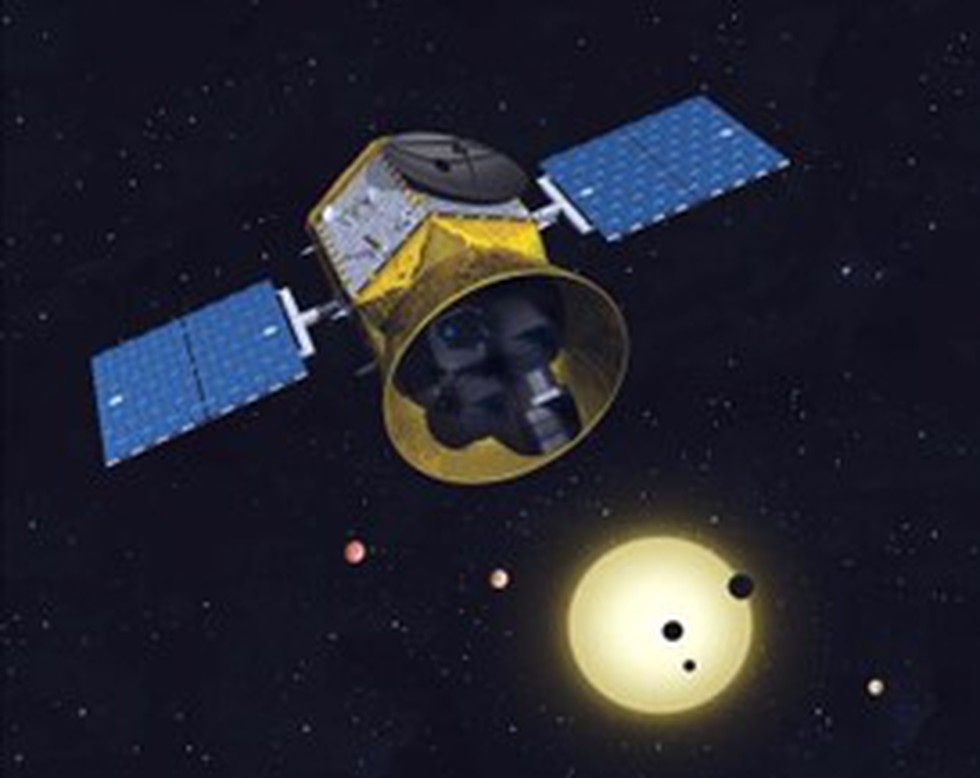About Transiting Exoplanet Survey Satellite (TESS):
- It is a NASA mission to discover exoplanets around nearby bright stars.
- Launch: It was launched on April 18, 2018, aboard a SpaceX Falcon 9 rocket out of Cape Canaveral.
- Orbit: TESS circles Earth in a unique high Earth orbit of 12 to 15 days, which is inclined in a way that the telescope’s sky view is largely free from obstructions by our bright planet and the Moon.
- The prime mission ended on July 4, 2020, and TESS is now on an extended mission.
- TESS is finding planets ranging from small, rocky worlds to giant planets, showcasing the diversity of planets in the galaxy.
- How does TESS find exoplanets?
- It uses the transit method to detect planets.
- It looks for periodic dips in stars' brightnessas planets cross in front of them along our sightline.
- The larger the planet, the further the drop in brightness during the transit.
- How long it takes a planet to pass in front of the star and come back tells us the shape of its orbit.
- This method reveals the diameter of the planet and the size of its orbit. Orbits within a certain range lie in the “habitable zone”, where liquid water can exist on the surface of an Earth-like world.
